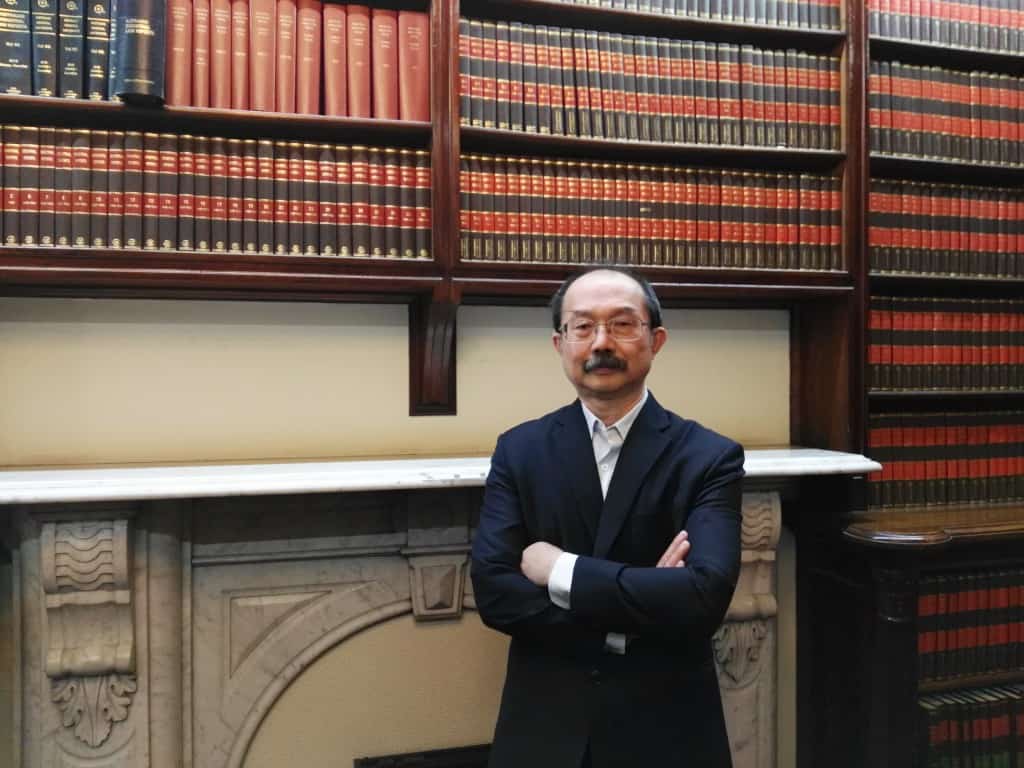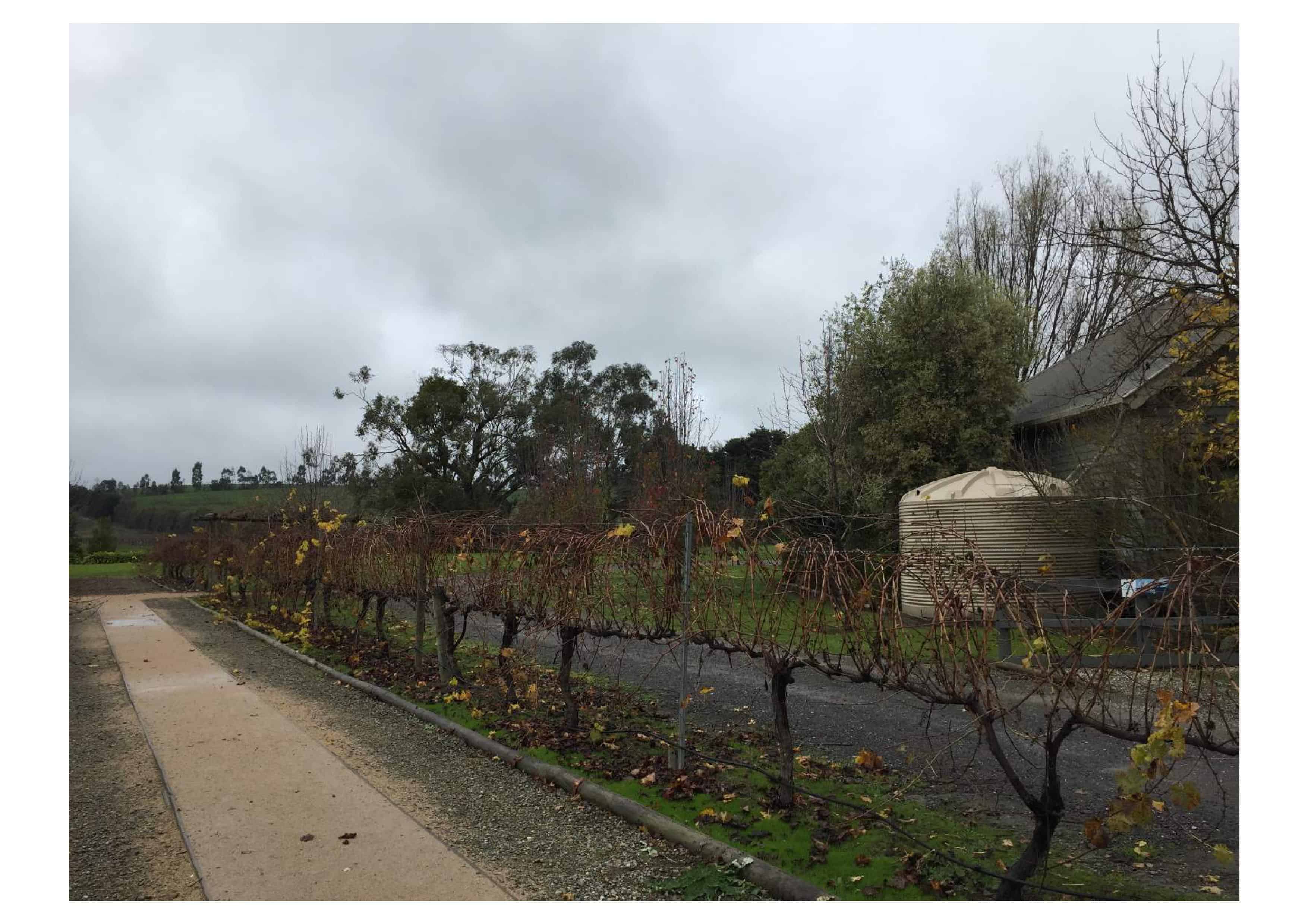
s501 Apply To Protection Visa applicants? Unless you have been convicted of a particular serious crime, you cannot be regarded as someone who may pose a danger to the Australian community. The Department of Home Affairs should assess your Protection subclass 866 visa application according to the criteria (click here to learn how to apply for a subclass 866 protection visa). In short, the character test requirement in PIC 4001 and section 501 may not apply to you.
Who is a refugee?
A refugee who has a nationality is someone who is outside their home country due to a well-founded fear of persecution, is unable or unwilling to seek the protection of that country. However, s/he must not have committed a crime against peace, a war crime or a crime against humanity; or has not committed a serious non-political crime before entering Australia; or has been guilty of acts contrary to the purposes and principles of the UN.
What is a well-founded fear of persecution?
A well-founded fear of persecution requires that (i) effective protection measures are not available in a receiving country; (ii) the reason for the fear must involve serious harm (including a threat to his or her life or liberty, or significant physical harassment or significant physical ill-treatment to the person; and (iii) the persecution must involve systematic and discriminatory conduct.
Unlawful non-citizen must be deported
Section 197C provides for a non-citizen to be removed under s 198 irrespective of whether there has been an assessment of Australia’s non-refoulement obligations.
Section 198(2A) provided that if the Minister personally made a decision under s 501 to refuse to grant a visa, and subsequently the unlawful non-citizen has not made a valid application for a substantive visa while in the migration zone, the unlawful non-citizen must be removed as soon as reasonably practicable.”
Section 501 provides for refusal or cancellation of visa on character grounds, including not passing the character test if there is a risk that the person would represent a danger to the Australian community or a segment of that community, whether by way of being liable to become involved in activities that are disruptive to, in violence threatening harm to, that community or segment, or in any other way (s501 apply to protection visa?).
PIC 4001
In most visas, the applicant must satisfy the PIC 4001. To satisfy PIC 4001, the applicant:
- passes the character test; or
- there is nothing to indicate that the person would fail to satisfy the Minister that s/he passes the character test; or
- the Minister decided not to refuse to grant a visa despite reasonably suspecting that the person does not pass the character test; or
- the Minister has decided not to refuse to grant a visa despite not being satisfied that the person passes the character test.
Do PIC 4001 & s501 apply to protection visa applicants?
In the case of BAL19 v Minister for Home Affairs [2019] FCA 2189, the applicant is a Sri Lankan citizen of Tamil ethnicity arriving in Australia on 20 March 2010 and has been in immigration detention ever since. He had been involved with the LTTE for 10 years from the age of 16. The Department accepted that if he was to be returned to Sri Lanka, would face a well-founded fear of persecution at the hands of the Sri Lankan Security Forces and paramilitary groups. The Minister accepted BAL19 was a refugee within the meaning of ss 5H and 36(2)(a).
The Minister accepted that BAL19 had been diagnosed with a number of complex health issues and mental conditions (both in Sri Lanka and Australia). The Minister further accepted that if BAL19 was granted a visa he would be supported by doctors, family and friends, and his behaviour may improve. However, the Minister still had concerns about the risk that his serious mental health issues might continue to pose. In short, the Minister said there is still a risk that he would represent a danger to the Australian community by becoming involved in activities that are disruptive to, or in violence threatening harm to the Australian community. For this reason, the Minister found that BAL19 had not satisfied him that he passed the character test by virtue of s 501(6)(d)(v) as the risk posed by him to the Australian community is unacceptable.
The Minister accepted that Australia has international non-refoulement obligations and deporting BAL19 back to Sri Lanka would breach those obligations. In short, BAL19 would be subject to indefinite detention as he cannot return to Sri Lanka and has no rights to enter any other country (NKWF and MIBP [2017] AATA 813). The Minister acknowledged that BAL19’s continuing immigration detention was arbitrary and inconsistent with Article 9 of the International Covenant on Civil and Political Rights.
The Department of Home Affairs refused to grant him a temporary protection Subclass 785 visa due to PIC 4001 (does not pass the section 501 character test; s 65(1)(iii) – grant of the visa is not prevented s 40 (circumstances when granted), 91W (evidence of identity and bogus documents), 91WA (bogus documents and destroying identity documents), 91WB (applications for protection visas by MOFU), 500A (refusal or cancellation of temporary safe haven visas), 501 (special power to refuse or cancel) or any other provision): s 65(1(iii)) even though Australia owed him non-refoulement obligations.
BAL19 argued that he had satisfied the criterion in section 36(1C) (he is not a danger to Australia’s security; or have not been convicted of a particular serious crime and is a danger to the Australian community) and the Department had found him to be a refugee. Furthermore, asylum seekers will not be removed in breach of any non-refoulement obligations identified in any earlier processes. In addition, the Minister must also consider the human consequences of his removal can bring about (Hands v MIBP (2019) 364 ALR 423 at 424 [3], Allsop CJ).
BAL19 was put in a Catch 22 situation because he could not return to his home country as he is a refugee (ss 5H and 36(2)(a)) but the Minister would not grant him a visa (including under s 195A or s 48B) due to the risk he poses to the Australian community (s 501(6)(d)(v)) and he had to be detent indefinitely in immigration detention as he could not be refouled.
The Court said that a criterion in s 36(1C) for a Protection visa was (i) a person who had not been convicted of a particularly serious crime here or overseas was eligible for the grant of the visa and, (ii) even a person had been convicted of such a crime was eligible, unless the Minister also considered, on reasonable grounds, that the person was, in fact, a danger to the Australian community. What this mean is that the Minister had to engage in an active intellectual process in deciding whether any reasonable or rational change could occur to BAL19’s circumstances and the risk that the Minister found he posed in the period allowed b ss 197C and 198 so that the Minister can lift the bar under ss 48B or 195A and, to grant or refuse him any other visa (CAR15 v MIBP [2019] FCAFC 155. The Court also said that the Minister had to act in each of those respects according to the rules of reason and justice, not according to private opinion; according to law, and not humour, and within those limits within which an honest man, competent to discharge the duties of his office, ought to confine himself (Graham v MIBP (2017) 263 CLR 1.
Have you been convicted of a serious crime?
Section 36(1C) is not a discretionary (but a mandatory) power (at 63) because the Minister must, under s 36(1C)(b), have objectively reasonable grounds to consider that a person, (i) has not been convicted of a particular serious offence and, (ii) is not a danger to the Australian community. The criterion in s 36(1C)(b) required the existence of reasonable grounds for the Minister to consider that the person was actually (as opposed to the criterion in s 501(6)(d)(v) of there being a risk that s/he would represent) a danger to the Australian community, and that could occur only in the context of the Minister having reasonable grounds to consider that the person had been convicted of a particularly serious crime.
The Court said that the Minister’s duty required him to engage in an active intellectual process and to reason through the inevitable consequence of his findings that the potential harm that could occur by granting the applicant a visa is so great that any likelihood of granting the visa would represents a significant risk to the Australian community and that this risk was unacceptable.
The Minister had to address the inevitable consequence of his assessment of risk posed by BAL19, if he were to refuse to grant the visa under s 501(1), and that BAL19 would have to be refouled as soon as reasonably practicable in accordance with ss 197C (Australia’s non-refoulement obligations irrelevant to removal of unlawful non-citizens under s 198) and 198 (Removal from Australia of unlawful non-citizens) because there was not reasonable basis on which the grant of any other visa could occur having regard to that assessment of risk.
If you have not been convicted of a serious crime, PIC 4001 and s501 do not apply to protection visa applicants.
The Court in BAL19 concluded that the Minister’s decision was affected by jurisdictional error because (s501 does not apply to protection visa):
- he did not approach the exercise of the discretion under s 501(1) on the basis that a refusal would have the legal or practical consequence of refoulement (as the direct and immediate result) that ss 197C and 198 mandated, in spite of Australia’s non-refoulement obligations owed to him;
- he acted unreasonably (Minister for Immigration and Citizenship v Li (2013) 249 CLR 332; and
- he did not address the correct question, namely what would happen to BAL19 (ie the legal or practical consequence) if the visa were not granted because of the “unacceptable” risk that the Minister found and, as must then happen, BAL19 was returned to Sri Lanka where, the Minister also found, there is a real chance that BAL19 would be persecuted as a person who had been involved with the LTTE for 10 years.
The particular importance of s 36(1C)(b) is, if a person whom the Minister does not have reasonable grounds to consider had been convicted of a particular serious crime, was eligible to be granted a protection visa, regardless of the danger s/he may be to the Australian community. The purpose is to ensure that such as person would not be refouled (subject to s 36(1B), (1C)(a) and (2)) despite the danger s/he may be to the Australian community, because that person, in those prescribed circumstances, consistently with Art. 33(3) of the Refugees Convention, was not be exposed to the real chance of persecution of which s/he had a well-founded fear (BAL19 at [65]). Hence, s 36(1C)(b) is enlivened if BAL19 has been convicted by a final judgment of a particular serious crime. The Minister can only act under s 36(1C)(b) if facts exist which are sufficient to induce a reasonable person in the position of the Minister to consider that the applicant for the protection visa has been so convicted and also is a danger to the Australian community.
Whereas s 501(6)(d)(v) provided that a person did not pass the character test if there were a risk s/he would represent a danger to the, or a segment of the, Australian community. That criterion operated by reference to the existence of a risk that the person would represent a danger to the whole, or a segment of the, Australian community without any additional qualification of a past conviction or the existence of reasonable grounds to consider the existence of the risk.
Section 36 does not provide that an applicant for a protection visa who satisfies the criteria in s 36(1B), (1C) and (2) may nevertheless be refused the visa under s 501(1). Similarly, s 197C does not apply as it would put Australia in breach of its international obligations under Arts 32 and 33(2) of the Refugees Convention.
It should be noted that s 501F provides that if the Minister makes a decision under s 501, 501A, 501B or 501BA to refuse to grant or cancel a visa, then all other visas, and applications for a visa, are taken to have also been refused or cancelled at the same time, except if the other visa, or application, is or is for a protection visa (or other prescribed visa).
The Court opined that PIC 4001 is broader than s 36(1C) and is inconsistent with s 36(1C) (BAL19 at [86]). Section 501(6)(d)(v) and PIC 4001 is inconsistent with the specific criteria for a protection visa in s 36(1C). Click here to learn more about the whether protection visa applicants are required to satisfy character.
Section 36(1C) is a specific criterion applicable only to an applicant for a protection visa and it precludes the Minister using s 501(1) (BAL19 at [88]).
The application for the protection visa must be assessed in accordance only with the mandatory criteria in s 36 (and the 866 Sch 2 clauses) and the Minister cannot refuse the grant of the visa under s 501(1) or any other provision in Pt 9 of the Act. Hence, PIC 4001 and s501 does not apply to protection visa applicants.
Please note that BAL19 has been overturned by KDSP v Minister for Immigration, Citizenship, Migrant Services and Multicultural Affairs [2020] FCAFC 108; Minister for Immigration, Citizenship, Migrant Services and Multicultural Affairs v BFW20 [2020] FCAFC 121.
Australian migration law is complex and difficult to understand, contact our immigration lawyer for a consultation (fee applies) to help you determine if s501 apply to protection visa applicants.

 041 222 4020 or WeChat: AUDvisa
041 222 4020 or WeChat: AUDvisa
This article is not intended to be or taken as migration legal advice. The author of this article disclaims any liability for any action or omission on the information provided or not provided in this article. You should always consult an immigration lawyer or a registered migration agent to form an informed opinion on your immigration matter.



